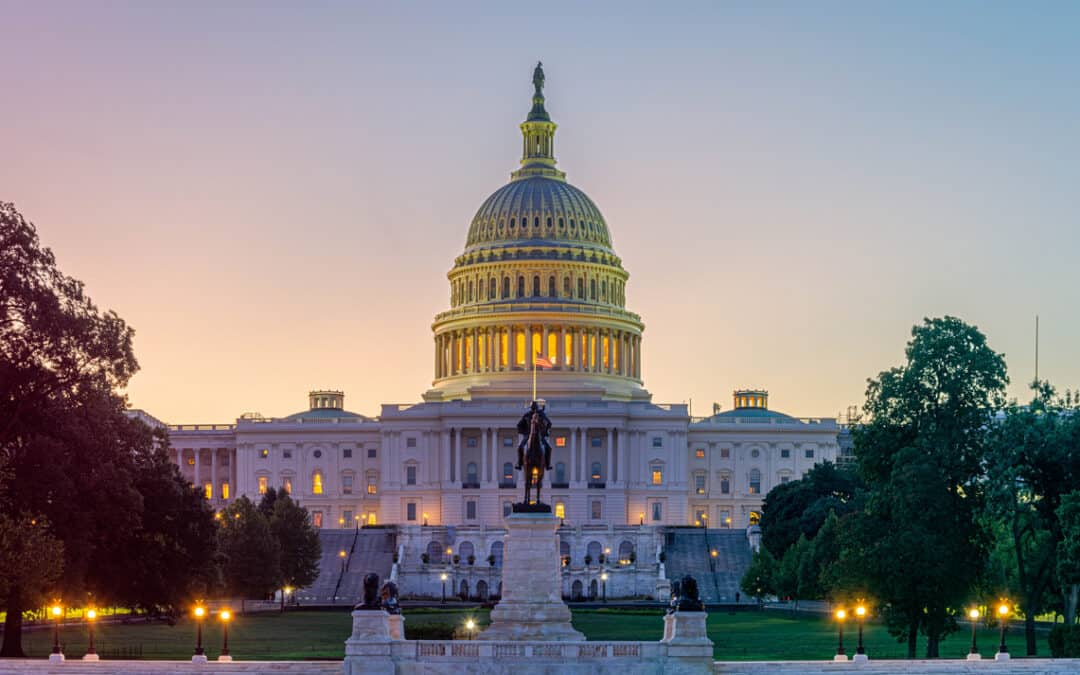On June 19, 2020, the U.S. Internal Revenue Service (IRS) issued additional guidance via Notice 2020-50 to assist plan administrators and employers in applying section 2202 of the CARES Act related to retirement plan distributions and loans. The following blog explores this additional guidance and provides insights into what this means for your business.
Who is Qualified for Distributions?
The IRS expanded the group of individuals who can be considered qualified and are eligible for coronavirus-related distributions. Qualified individuals receive favorable tax treatment on coronavirus-related distributions from eligible retirement plans. Your next question is probably, “who is a qualified individual then?”
Prior to the issuance of Notice 2020-50, a qualified individual was defined as:
- An individual or the spouse or dependent of an individual who is diagnosed with COVID-19 or the SARS-CoV-2 virus from the results of an approved test; or
- An individual who experiences adverse financial consequences because of an inability to work due to quarantine, furlough, layoff, reduced hours, loss of childcare, or the closing or reduction of hours of a business owned or operated by the individual because of COVID-19.
Under the new provisions in Notice 2020-50, the IRS has expanded the definition of a qualified individual to include an individual who experiences adverse financial consequences as a result of:
- The individual having a reduction in pay or self-employment income due to COVID-19, or having a job offer rescinded or start date for a job delayed due to COVID-19;
- The individual’s spouse or a member of the individual’s household being quarantined, being furloughed, laid off or having work hours reduced due to COVID-19, being unable to work due to lack of childcare due to COVID-19, having a reduction in pay or self-employment income due to COVID-19, or having a job offer rescinded or start date for a job delayed due to COVID-19; or
- Closing or reducing hours of a business owned or operated by the individual’s spouse or a member of the individual’s household due to COVID-19.
For purposes of applying these additional factors, a member of the individual’s household is someone who shares the individual’s principal residence.
What Defines a Coronavirus-Related Distribution?
Now, let’s answer the next logical question. Notice 2020-50 goes into detail about the tax reporting and payment rules relating to coronavirus-related distributions (CRD) and clarifies that a CRD is almost any distribution to a qualified individual made on or after January 1, 2020 and before December 31, 2020. The CARES Act did limit the amount of aggregate distributions from all eligible retirement plans that can be treated as CRD to no more than $100,000. These distributions allow qualified individuals to access their retirement funds without the normal tax consequences. The guidance provides that CRDs:
- Are not subject to the 10% excise tax on taxable IRA and tax-qualified retirement plan distributions received by an individual younger than age 59 1/2;
- Are generally included as income over a three-year period; and
- Will not be included as income as long as the distributions are eligible for tax-free rollover treatment and are contributed to an eligible retirement plan within a three-year period.
How Does the Guidance Affect Retirement Plan Loans?
Likewise, Notice 2020-50 addresses many questions related to administration of coronavirus-related loans (CRL). Under the CARES Act, plans may suspend loan repayments that are due from March 27 through December 31, 2020, and the dollar limit on new loans made between March 27 and September 22, 2020, is raised from $50,000 to $100,000. Also, the rule limiting the aggregate amount of loans to 50% of the employee’s vested balance has increased to 100% of the employee’s vested balance. Notice 2020-50 provides a safe harbor for which suspensions of payments and extensions of loan terms are permitted if elected by the employer and implies that repayments must begin again in January 2021, not a full year from the date of suspension as some originally interpreted. CARES Act conditions are as follows:
- Loan payments must resume at the end of the suspension period;
- The loan’s term may be extended up to one year from the date originally required to be repaid;
- Interest continues to accrue during the suspension period and is added to the loan principal; and
- The loan must be reamortized and repaid in substantially level amounts over the remaining period of the loan.
Plan Sponsors Have a Choice
Finally, let’s talk about how this impacts your business, your potential action items and some of the decisions you will need to make. It is important to note that the plan administrators are permitted to choose if they allow coronavirus-related distributions and how to treat distributions under their plans. Plan administrators can also decide whether or not to apply coronavirus-related plan loan rules. For example, an employer may choose to provide for coronavirus-related distributions but not change its plan loan provisions or loan repayment schedules. For further guidance and examples on coronavirus related distributions and loans, refer to IRS Notice 2020-50.
The additional guidance on retirement plan distributions and loans escalates the need for Plan Sponsors to review plan-related communications from the Plan’s recordkeeper and other service providers. Plan Sponsors that chose to permit these options and believed they would see little impact from CRDs and CRLs on their plans now face an expanded pool of qualified individuals and numerous questions on administration of these provisions. If you are making significant changes to your workforce or the way you administer your benefit plan, all of your service providers need to be aware of these changes. Your CPA, ERISA attorney and investment advisors are also important resources to help you navigate these uncharted waters.

Candace Jackson, CPA, is a Director in Moore Colson’s Business Assurance Practice. She manages audit and review teams and serves as a Practice Area Leader in the firm’s Employee Benefit Plan Practice.







0 Comments